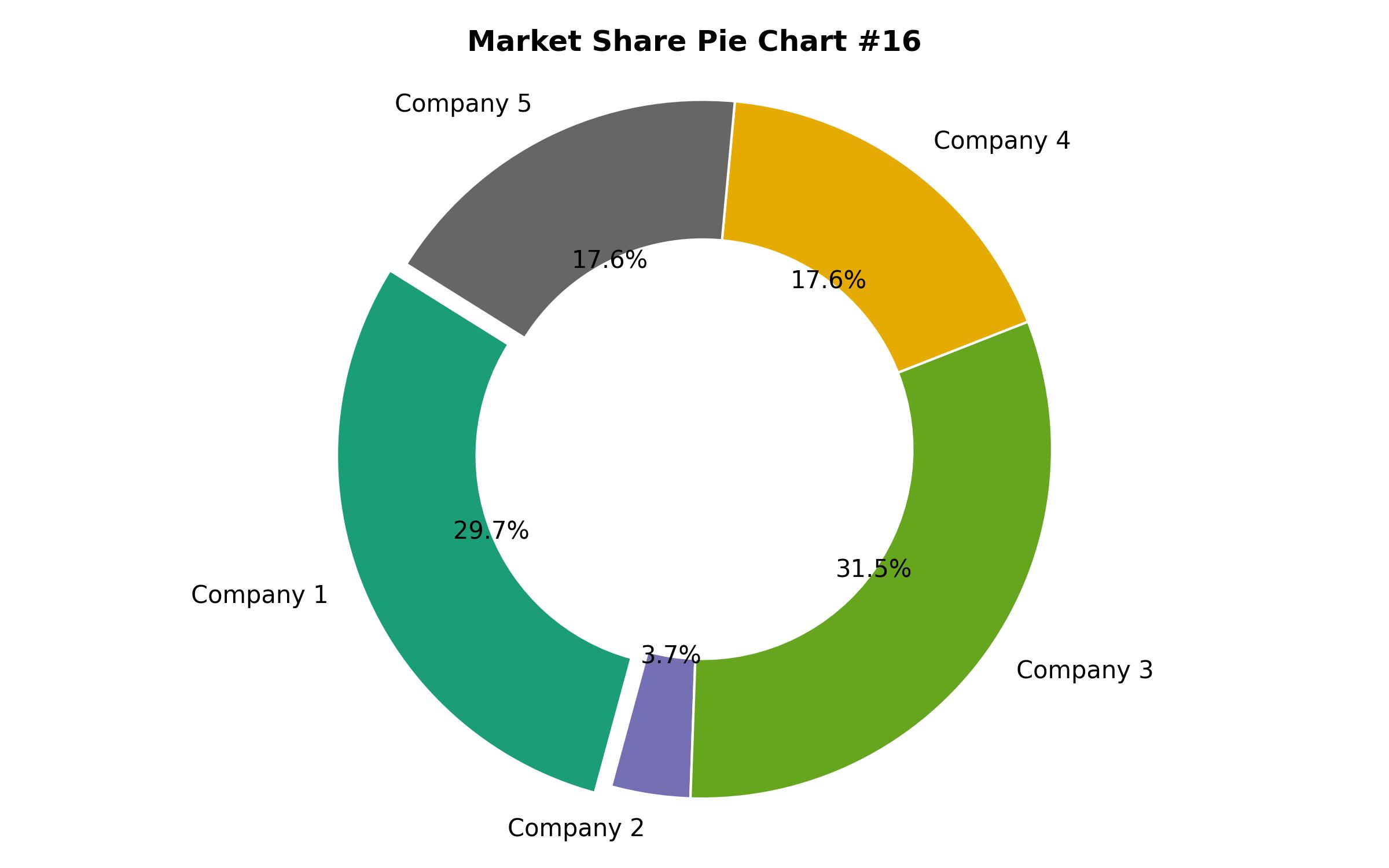Airfield Perimeter Solutions Market Forecast by Material, Height, Type, and Geographic Scope through 2035
Overview:
The global market for airfield fencing is experiencing steady expansion, projected to increase from USD 2.25 billion in 2025 to USD 2.95 billion by 2035, exhibiting a compound annual growth rate of 2.7%. This consistent growth is primarily propelled by heightened airport security concerns, evolving governmental regulations, and sustained investments in aviation infrastructure development worldwide.
Recent years have seen a significant shift towards incorporating electronic security measures. By 2024, the integration of advanced surveillance technologies, dynamic intrusion detection systems, and predictive analytics powered by artificial intelligence became more widespread. Furthermore, the escalation of international tensions and the proliferation of unmanned aerial vehicles necessitated more stringent security protocols, compelling airport operators to upgrade their perimeter defenses. North America and Europe demonstrated particular strength in adopting these enhanced systems, driven by newly implemented compliance mandates.
Future market growth is also anticipated from the expansion of existing airports and the construction of new facilities, particularly in rapidly developing economies. However, potential challenges may arise from increasingly strict aviation security standards and the continuous evolution of barrier technology solutions. As global air travel continues to rise and security threats become more sophisticated, robust airfield fencing solutions will remain an indispensable part of critical aviation infrastructure worldwide.
The market will likely see further innovation in materials and deployment methods. Lighter, more durable composites and modular systems designed for rapid installation or reconfiguration could become more prominent. Balancing the need for advanced security capabilities with budget constraints, especially for smaller or regional airports, will be a persistent challenge for market participants.
Regulatory bodies worldwide are expected to continue updating guidelines to address new threats, including perimeter breaches and incursions from different types of aerial vehicles. Adherence to these dynamic standards will be crucial for manufacturers and service providers in the sector. Strategic collaborations and partnerships between security technology providers and traditional fencing manufacturers may become more common to offer integrated solutions.
Overall, the airfield fencing sector is poised for continued, albeit moderate, expansion. The foundational demand for physical security, coupled with the increasing adoption of advanced technological overlays, underpins the market’s positive long-term outlook. The interplay of security demands, regulatory frameworks, and technological advancements will shape market dynamics over the next decade.

| Report Attribute | Details |
|---|---|
| Market Size in 2025 | USD 2.25 billion |
| Revenue Forecast for 2035 | USD 2.95 billion |
| Growth Rate (CAGR) | 2.7% from 2025 to 2035 |
| Base Year for Estimation | 2024 |
| Historical Data | 2018 – 2023 |
| Forecast Period | 2025 – 2035 |
| Quantitative Units | Revenue in USD million/billion and CAGR from 2025 to 2035 |
| Report Coverage | Revenue forecast, company market share, competitive landscape, growth factors, and trends |
| Covered Segments | Material, height, product type, and region |
| Regional Scope | North America, Europe, Asia Pacific, Latin America, MEA |
| Country Scope | U.S., Canada, Mexico, U.K., Germany, France, Italy, Japan, China, India, Australia, South Korea |
| Key Companies Analyzed | Betafence NV, Zaun Ltd., CLD Fencing Systems, DIRICKX Groupe, The Hebei Zhengyang Wire Mesh Products |
| Customization Options | Free report customization (up to 8 analysts working days) with purchase. Changes to country, regional, and segment scope |
| Pricing and Purchase Options | Customizable purchase options for tailored research needs |

Report Coverage & Deliverables
- Market Trends And Dynamics
- Competitve Benchmarking
- Historical data and forecasts
- Value/Volume analysis
- Company revenue shares and key strategies
- Regional opportunities
This is an indicative segmentation. Please request a sample report to see detail segmentation of this market.
Detailed Market Segmentation
- By Material
- Steel
- Aluminum
- Fiberglass
- Carbon Fiber
- By Height
- Up to 8 Feet
- More than 8 Feet
- By Product Type
- Woven Fencing
- Bar Type Fencing
- Welded Fencing
- By Region
- North America (U.S., Canada, Mexico)
- Europe (U.K., Germany, France, Italy, Spain, Russia)
- Asia Pacific (China, India, Japan, South Korea, Australia)
- Latin America (Brazil, Argentina)
- Middle East & Africa (UAE, Saudi Arabia, South Africa)
Table of Content
- Executive Snapshot
- Market Overview
- Key Market Trends
- Key Success Factors
- Market Demand Analysis 2018 to 2024 and Forecast, 2025 to 2035
- Market – Pricing Analysis
- Market Demand (in Value or Size in USD Billion) Analysis 2018 to 2024 and Forecast, 2025 to 2035
- Market Background
- Market Analysis 2018 to 2024 and Forecast 2025 to 2035, By Material
- Steel
- Aluminum
- Fiberglass
- Carbon Fiber
- Market Analysis 2018 to 2024 and Forecast 2025 to 2035, By Height
- Up to 8 Feet
- More than 8 Feet
- Market Analysis 2018 to 2024 and Forecast 2025 to 2035, By Product Type
- Woven Fencing
- Bar Type Fencing
- Welded Fencing
- Market Analysis 2018 to 2024 and Forecast 2025 to 2035, By Region
- North America
- Europe
- Asia Pacific
- Latin America
- Middle East and Africa
- North America Market Analysis 2018 to 2024 and Forecast 2025 to 2035
- Europe Market Analysis 2018 to 2024 and Forecast 2025 to 2035
- Asia Pacific Market Analysis 2018 to 2024 and Forecast 2025 to 2035
- Latin America Market Analysis 2018 to 2024 and Forecast 2025 to 2035
- Middle East & Africa Market Analysis 2018 to 2024 and Forecast 2025 to 2035
- Region-wise Market Analysis 2024 & 2035
- Market Structure Analysis
- Competition Analysis
- Betafence NV
- Zaun Ltd.
- CLD Fencing Systems
- DIRICKX Groupe
- The Hebei Zhengyang Wire Mesh Products
- Assumptions and Acronyms Used
- Research Methodology
